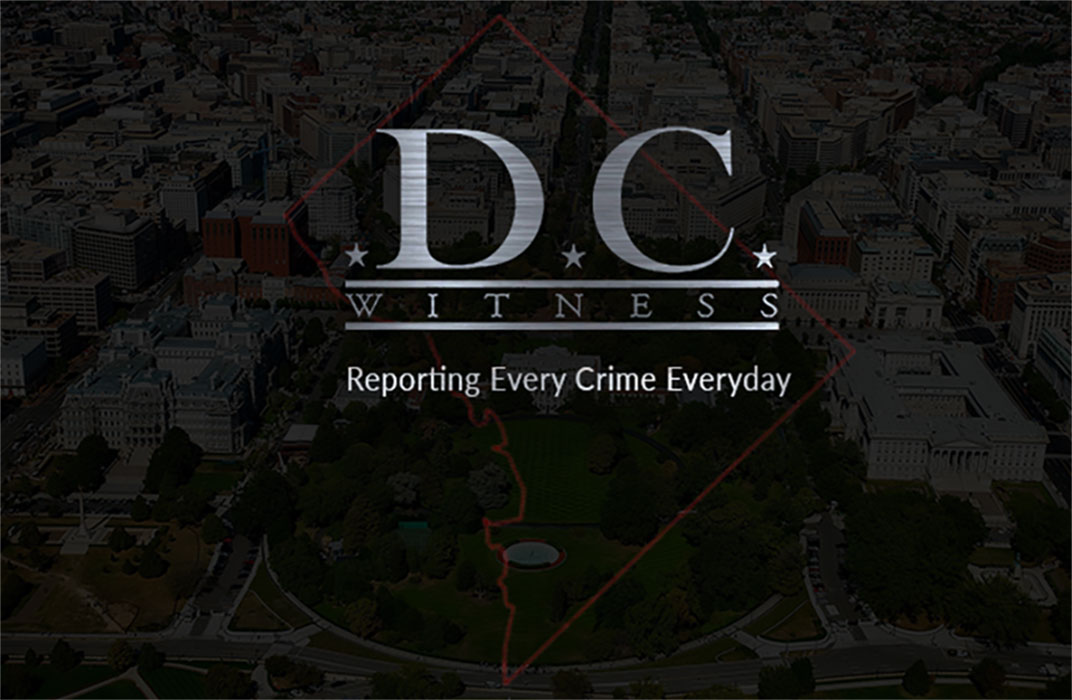
Thank you for reading D.C. Witness. Help us continue our mission into 2024.
Donate NowBy
Ashley Drazka [former]
- February 6, 2024
Daily Stories
|
Non-Fatal Shooting
|
Suspects
|
On Feb. 2, D.C. Superior Court Judge Anthony Epstein heard arguments on a defense motion to suppress evidence in connection to a non-fatal shooting incident. Then on Feb. 5, Judge Epstein delivered a 17 page ruling affirming the defense’s argument
“The Court grants defendant Kamara Hoffler’s motion to suppress the handgun that the
police seized from his waistband after he was stopped and searched, because the government has not carried its burden to prove by a preponderance of the evidence that the police had reasonable suspicion to stop and search him,” wrote Judge Epstein.
Kamara Hoffler, 32, is charged with assault with intent to kill, aggravated assault knowingly while armed, and multiple possession of a firearm charges, for his alleged involvement in a non-fatal shooting incident that occurred on Sept. 19, 2022, at the 800 block of Barnaby Street, SE. No injuries were reported.
During the hearing, the prosecution called on a Metropolitan Police Department (MPD) officer to testify and review his body-worn camera footage in relation to another matter on the same day as the incident. The officer stated that while he and his partner were on patrol, they came across a group of people, including Hoffler, on the 1200 of Shepherd Street, NW.
The officer testified that he saw what looked like a “huge, L-shaped bulge” in the waistband of Hoffler’s pants, which he believed was a firearm. The officer said that he stepped out of the car to try to speak with Hoffler, but when he started walking away, the officer returned to his car to follow the defendant.
The officer then testified that Hoffler grabbed his waistband in a manner consistent with securing the firearm and ran, at which point the officer’s partner followed after the defendant.
During cross-examination, Jamison Koehler, Hoffler’s defense attorney, reviewed the MPD officer’s partner’s body-worn camera footage. Koehler noted that nowhere in either of the two officers’ camera footage can an L-shaped bulge be seen in the waistband of the defendant, and that in the partner’s camera footage, it appears that the defendant started running away after being chased by the officer’s partner.
The prosecution then called the MPD officer’s partner in to testify.
The partner testified that he had only seen the firearm after the defendant was already in handcuffs and that he never saw the L-shaped bulge.
The prosecution argued that the officers had “reasonable, articulable suspicion” there was a weapon. However, Koehler countered saying that, “Officers seem to see firearms wherever they go.”
Koehler also noted the actions of the MPD officers are inconsistent with their training in that “they are tackling [the defendant] on a hunch”.
He argued this is a violation of Hoffler’s Fourth Amendment right to protect against unreasonable search and seizures as the officers did not have “reasonable suspicion or probable cause to suspect Hoffler at the time they affected the seizure”, evident by the apparent contradiction between the MPD officers’ testimony and the body-worn camera footage.
Judge Epstein ruling reflects the gravity of his decision when he concluded, “Suppression of the alleged murder weapon found in the physical possession of the defendant a few hours after the murder deprives the government of what appears to be its strongest evidence against Mr. Hoffler and may mean that a guilty and possibly dangerous defendant will go free. However, the Court’s duty is to find the facts objectively and impartially.”
Parties are slated to return Feb. 23.
Notifications are not yet available for this specific case. Please check back later for updates. Thank you.